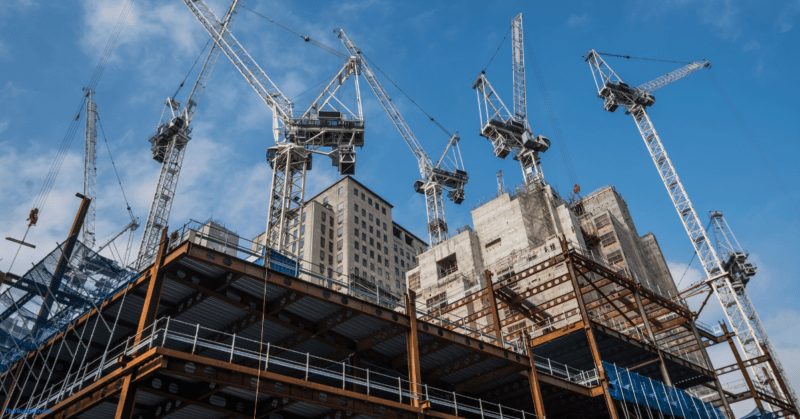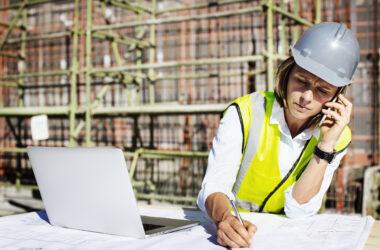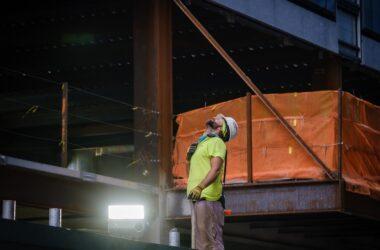The construction industry is evolving fast, and procurement is getting tougher than ever. Rising costs, supply chain delays, and outdated manual processes are making it harder for subcontractors to keep projects on time and within budget.
But there’s good news: Digital procurement solutions are transforming the way subcontractors source materials, making the process faster, smarter, and more cost-effective.
In this article, we’ll explore the biggest procurement challenges subcontractors will face in 2025—and how to overcome them.
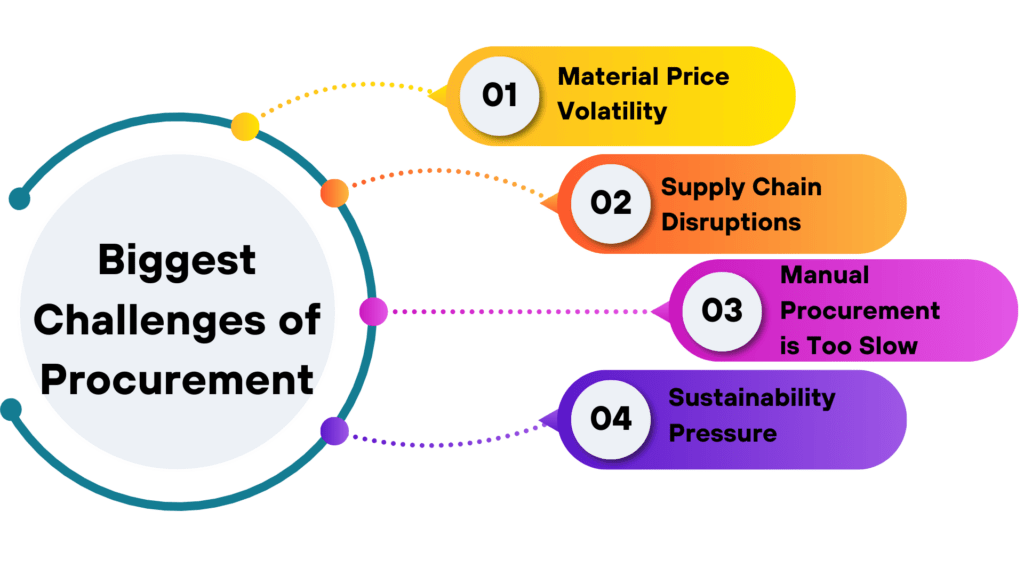
1️⃣ Material Price Volatility 📈
One of the biggest frustrations for subcontractors is unpredictable material costs. Fluctuations in supply, inflation, and global market instability make it difficult to budget accurately and secure competitive pricing.
🚀 The Fix:
✅ Use real-time procurement tools to compare prices instantly.
✅ Work with multiple suppliers to increase pricing transparency.
✅ Lock in rates when possible to protect against sudden spikes.
📉 Manual procurement = slower decision-making = missed savings.
With digital procurement, you get instant access to competitive quotes and the ability to compare prices in minutes—not days.
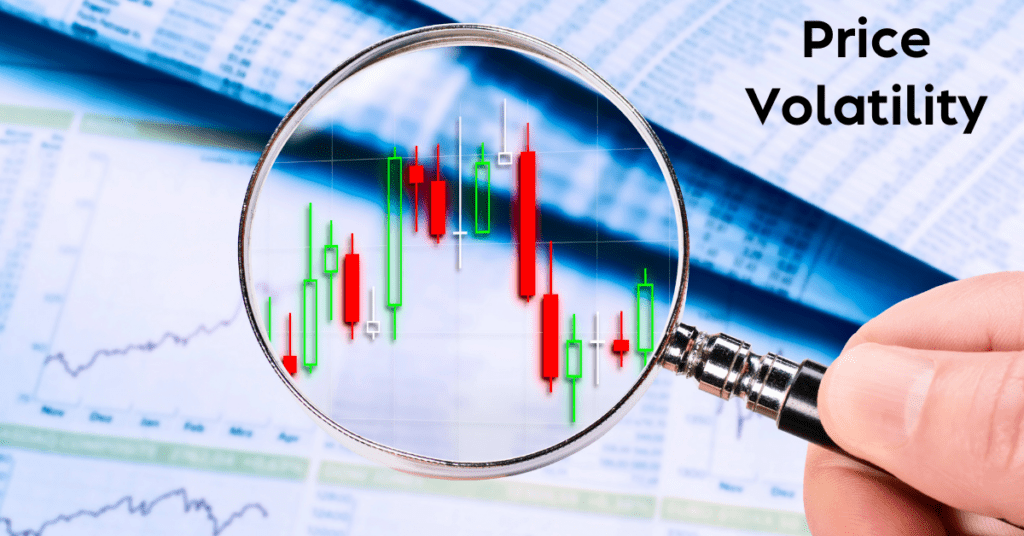
2️⃣ Supply Chain Disruptions 🚛
From raw material shortages to unexpected delivery delays, supply chain disruptions can throw your entire project timeline off course. Subcontractors relying on a single supplier are particularly vulnerable to these setbacks.
🚀 The Fix:
✅ Expand your supplier network to avoid reliance on a single source.
✅ Use digital procurement platforms to find and connect with alternative suppliers in real-time.
✅ Choose suppliers with strong reliability and on-time delivery records.
The more flexible your supply chain, the less risk of costly delays.
With a platform like The Build Chain, you’re instantly matched with suppliers who have the materials you need—reducing last-minute scrambles and unexpected shortages.
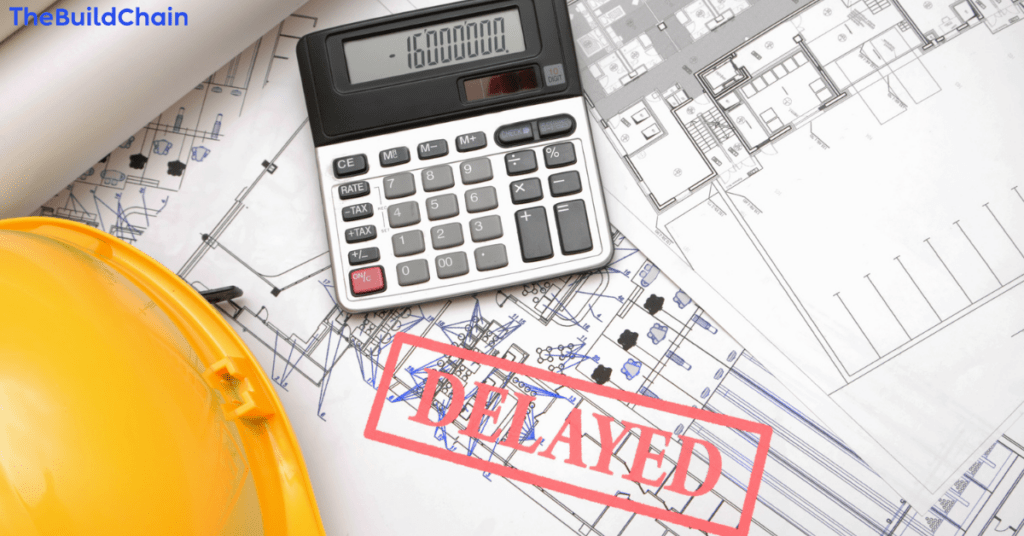
3️⃣ Manual Procurement is Too Slow ⏳
If your procurement process still involves endless phone calls, back-and-forth emails, and spreadsheets, you’re losing valuable hours every week.
Manual procurement creates:
❌ Delays in getting quotes
❌ Higher costs due to lack of price visibility
❌ Increased admin work, pulling you away from the job site
🚀 The Fix:
✅ Automate supplier matching and reduce time spent chasing quotes.
✅ Use smart procurement platforms to compare prices instantly.
✅ Track orders digitally to reduce paperwork and admin workload.
A faster procurement process means fewer delays, smoother project timelines, and more time to focus on building—not ordering.
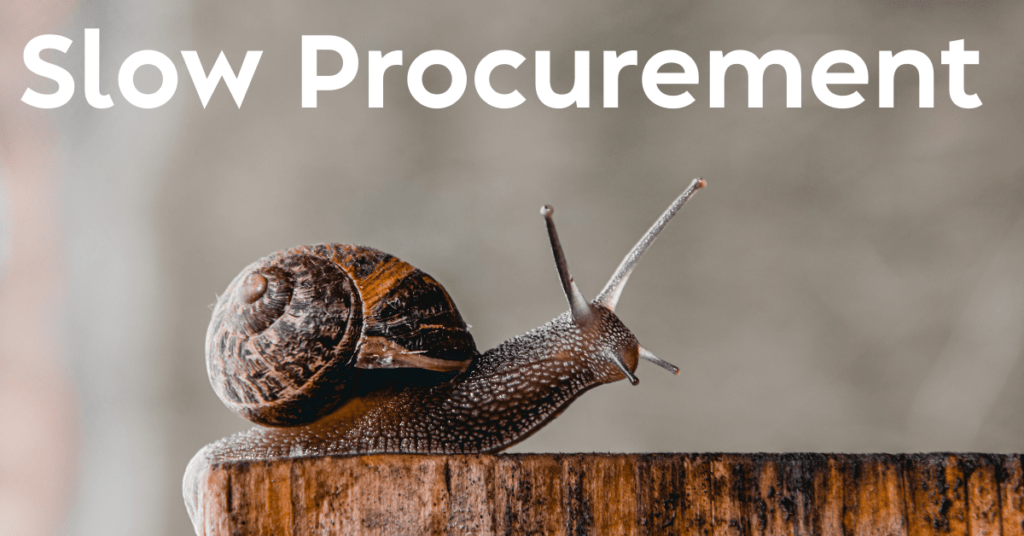
4️⃣ Sustainability Pressure 🌱
The push for eco-friendly construction is stronger than ever, with new regulations requiring subcontractors to source materials sustainably and track their environmental impact.
But without clear visibility into supplier sustainability practices, meeting these requirements can be a challenge.
🚀 The Fix:
✅ Use digital procurement tools to find suppliers that offer sustainable materials.
✅ Work with platforms that provide supply chain transparency.
✅ Reduce material waste by ordering precisely what you need, when you need it.
Sustainable sourcing isn’t just good for the environment—it’s also a competitive advantage. More clients are prioritizing green building, and subcontractors who embrace sustainability will win more business.
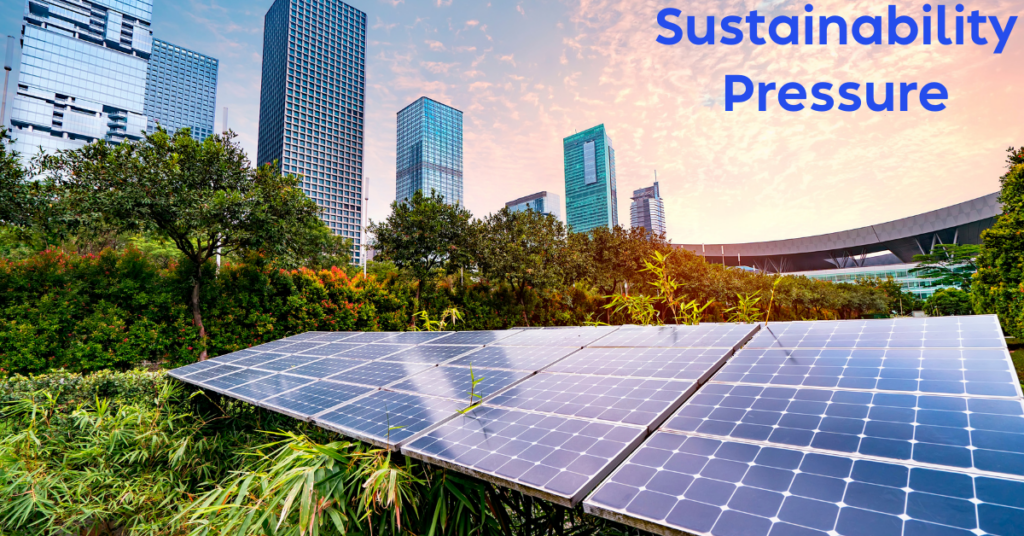
The Future of Procurement is Digital 🚀
The subcontractors who embrace technology will be the ones who cut costs, reduce delays, and win more projects in 2025.
That’s where The Build Chain comes in.
With The Build Chain, subcontractors can:
✅ Instantly match with reliable suppliers.
✅ Get real-time quotes and secure the best pricing.
✅ Reduce project delays with faster, smarter sourcing.
Why waste hours on manual procurement when a better way exists?
Procurement challenges are growing—but so are the solutions. By adopting digital procurement strategies, subcontractors can stay ahead of rising costs, supply chain disruptions, and sustainability demands.
Is your procurement process ready for 2025? If you’re still relying on outdated methods, now’s the time to upgrade.
